The design of an office space holds immense significance in embodying a company’s culture. By thoughtfully integrating elements such as layout, decor, and functionality, organizations can create environments that align with their values and principles.
The Impact of Layout on Interaction
An open-concept layout fosters collaboration and communication.
In many modern workplaces, open-concept designs encourage employees to interact more freely. This arrangement can promote a sense of teamwork and transparency, which are crucial for a collaborative company culture. By eliminating physical barriers, such as cubicles and closed offices, employees are more likely to engage in spontaneous conversations. Moreover, shared spaces like lounges or communal kitchens can further strengthen relationships among coworkers. Ultimately, the flow of the office space can significantly influence how employees work together.
Incorporating Brand Identity
Office design can visually represent a company’s brand and identity.
Every company has a unique brand identity that can be expressed through its office design. This can include the use of specific colours, logos, and designs that reflect the brand’s values and mission. For example, a tech company might opt for a sleek, modern aesthetic to showcase its innovative spirit, while a non-profit may choose warm colours and inclusive artwork to reflect its community-driven approach. By weaving brand elements into the office environment, companies reinforce their identity and create a space that resonates with employees and clients alike.
Creating Spaces for Innovation
Designing dedicated areas for brainstorming encourages creative thinking.
Spaces specifically designed for brainstorming and innovation can enhance a culture of creativity within an organization. These areas, equipped with whiteboards, comfortable seating, and inspiring decor, invite employees to share ideas freely. By prioritizing such environments, companies signal that they value creativity and innovation, making it clear that employees are encouraged to think outside the box. Additionally, these spaces can help break the monotony of traditional work environments, leading to higher levels of engagement and contribution from staff.
Flexibility and Adaptability
A flexible office design can accommodate diverse working styles.
Recognizing that employees have varying preferences for how they work is crucial in modern office design. A flexible workspace, which offers options like quiet areas, collaborative zones, and hot-desking, caters to these diverse styles. This adaptability demonstrates that the company values its employees individual needs and promotes a culture of trust and autonomy. Furthermore, allowing employees to choose their work environments fosters comfort and productivity, ultimately enhancing job satisfaction.
Wellness and Sustainability
Incorporating wellness features in office design shows a commitment to employee health.
More organizations are recognizing the importance of health and well-being in workplace design. Incorporating elements like natural light, plants, and ergonomic furniture can profoundly impact employee morale and productivity. Additionally, sustainable design practices, such as recycling stations or energy-efficient appliances, reflect the companys commitment to social responsibility. By prioritizing wellness and sustainability, organizations promote a culture that values both employee well-being and environmental stewardship.
Cultural Symbols in Design
Integrating cultural symbols can enhance inclusivity and representation.
Incorporating artworks, photographs, and symbols that reflect the diverse backgrounds of employees fosters a sense of belonging. This inclusive approach in office design highlights the organization’s commitment to diversity and inclusion. By showcasing various cultures and stories through design elements, companies can create an environment where all employees feel valued and represented. This reflects a strong organizational culture that embraces and celebrates diversity.
Technology Integration
Smart technology in the office can align with a forward-thinking culture.
Integrating advanced technology within the workplace reflects a companys commitment to innovation and efficiency. Smart technology can streamline operations, enhance communication, and facilitate remote work. By investing in these technologies, companies create an environment that not only supports modern work practices but also attracts top talent who are eager to work in tech-savvy settings. This alignment with technological advancements underscores a culture that prioritizes growth and adaptation.
In summary, office design plays a pivotal role in reflecting and shaping company culture. By thoughtfully considering elements such as layout, brand identity, and employee well-being, organizations can create spaces that embody their values and enhance overall employee satisfaction.

